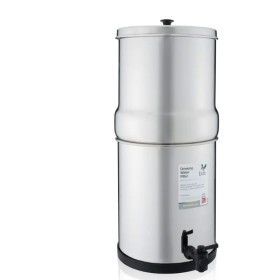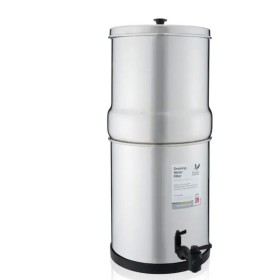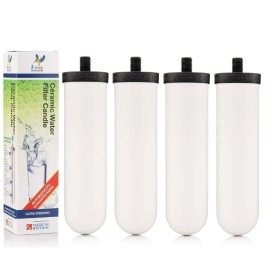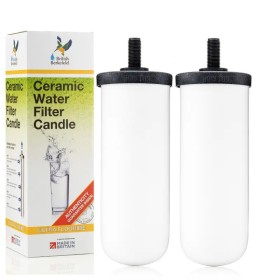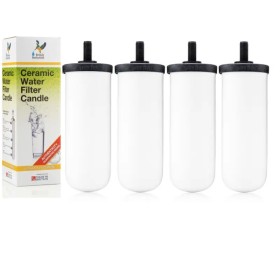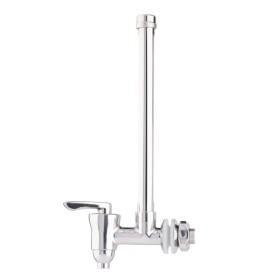Understanding Contaminants in European Drinking Water
Drinking water quality in Europe is generally good, thanks to strict regulations and well-developed treatment infrastructures, although it can vary from country to country. However, contaminants can still be found in water from a variety of sources. It is essential to understand these contaminants in order to better protect yourself and your family, and ensure that your water is of the highest quality.
The main contaminants in drinking water in Europe.
Pathogens
- Escherichia coli (E. coli): an indicator of faecal contamination, this bacterium can cause serious intestinal infections.
- Cryptosporidium et Giardia lamblia: parasites that cause gastrointestinal problems. Their presence is rare thanks to effective treatments, but incidents do occur.
- Norovirus: a highly contagious virus that causes gastroenteritis, often linked to cross-contamination.
Chemicals
Chemicals are a major concern in Europe, often originating from agriculture and industry:
- Pesticides and herbicides such as Atrazine and Glyphosate: used on a massive scale in agriculture, they can contaminate groundwater and rivers.
- Heavy metals - lead, mercury and cadmium: old infrastructure and certain industrial activities can release heavy metals into the water.
- Nitrates: from agricultural fertilisers, they can also contaminate groundwater, especially in intensive farming areas.
Organic contaminants
Organic contaminants can come from a variety of industrial and agricultural sources.
- Volatile Organic Compounds (VOCs): used in many solvents and industrial products, they can contaminate groundwater near industrial sites.
- Trichloroethylene (TCE): used as an industrial degreaser, it is sometimes found near manufacturing sites.
- Benzene: used in the chemical and petroleum industries, it is a carcinogen.
- Polycyclic Aromatic Hydrocarbons (PAHs): produced by the incomplete combustion of organic matter, they are often found in urban and industrial run-off. Some PAHs are carcinogenic.
- Disinfection by-products: formed when disinfectants such as chlorine react with natural organic matter present in the water.
- Trihalomethanes (THMs): THMs, such as chloroform, are by-products of chlorination and are associated with increased cancer risks.
Physical contaminants
These contaminants mainly affect the appearance and clarity of water.
- Sediments: inorganic particles from soil erosion or ageing infrastructure. They can alter water clarity.
- Microplastics: present in watercourses and drinking water as a result of the degradation of plastics in the environment.
- Organic matter: remains of decomposing plants and animals.
Use water filters to protect yourself
Water filters, particularly gravity filters such as British Berkefeld® filters, are an effective solution for removing many contaminants from drinking water in Europe.
On this page you can find the analyses and results of tests carried out on British Berkefeld® filters.
The advantages of using a British Berkefeld® gravity filtration system include:
- Ease of use: simple to install and use without any particular technical skills.
- Versatile: capable of filtering a wide range of contaminants, including pathogens, heavy metals and chemicals.
- Environmentally-friendly: reduce or completely eliminate the consumption of plastic bottles.
- Economical: a litre of filtered water costs less than 3 centimes. A far cry from the price of bottled water!
- Autonomous: requiring no electricity or water supply, they can be used at any time, even in emergency situations.
Conclusion
Knowing what contaminants are present in Europe's drinking water is crucial to protecting your health. By using effective filtration methods such as British Berkefeld® filters, monitoring water quality and taking appropriate precautions, you can ensure that your drinking water is clean and healthy. Investing in a good water filtration system is an essential step towards the safety and well-being of your family.
Visit our site today to find out more.



